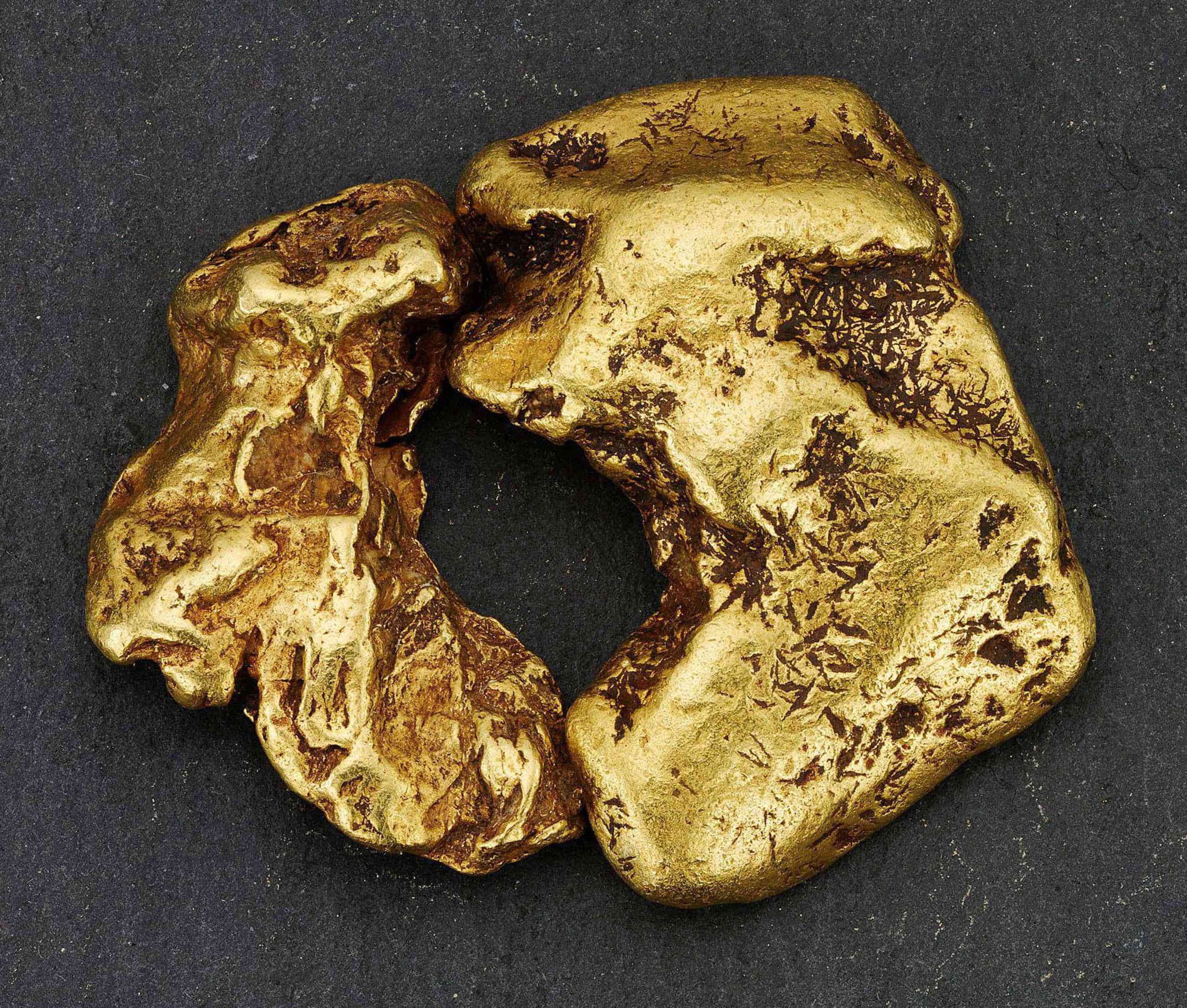Ngụp lặn dưới sông, người đàn ông tìm thấy khối vàng lớn nhất quốc gia
In 2019, a lucky man stumbled upon a treasure while diving in a river in Scotland. The true value of this find lies not in the size of the gold, but in its unique nature.
The Discovery of the “Consolidated Gold Block”
While diving in a river in Scotland, the man stumbled upon two gold blocks that fit perfectly together, with a hole in the middle, resembling a donut. Experts have named it the “Consolidated Gold Block”[^1^].

When combined, the “Consolidated Gold Block” weighs 121.3 grams. Lee Palmer, author of “The Appearance of Gold in the UK: A Guide by Gold Prospectors”, explained that the two pieces seemed to come from a single gold block. Weighing 89.6 grams and 31.7 grams, they fit together perfectly and might have been broken apart by a blow or a block of ice[^1^].
The estimated value of the “Consolidated Gold Block” is around £80,000 (over 2.5 billion VND). With this weight, it surpasses the “Douglas Gold Nugget”, weighing 85.7 grams, which was found in 2016, making it the largest pure gold nugget in Scotland and the UK. The person who found the Douglas Gold Nugget kept it a secret for two years before revealing it[^1^].

Another similar gold nugget weighing 59 grams was found in Cornwall, a coastal region of England, in 1808[^1^].
The Difficulty of Determining the Origin
Neil Clark, a gold expert, explained that there are over 300 locations where gold can be found in Scotland, making it challenging to determine the metal’s origin. The only way to determine the source is by identifying the impurities within the gold, which is extremely difficult[^1^].

Moreover, the gold ownership laws in Scotland could pose challenges for those who discover such treasures, as most of the gold falls under the ownership of the monarchy or certain lords in Scotland. The man who found the “Consolidated Gold Block” hopes that it will be purchased by the National Museum of Scotland or the Natural History Museum[^1^].
